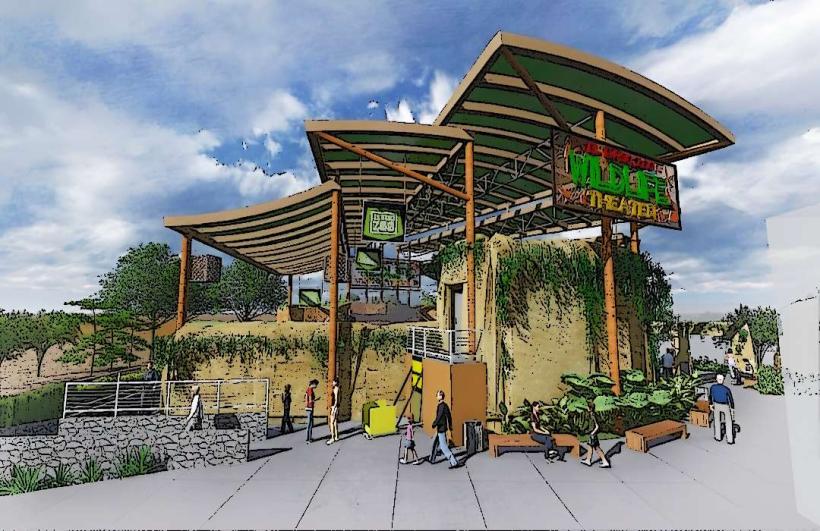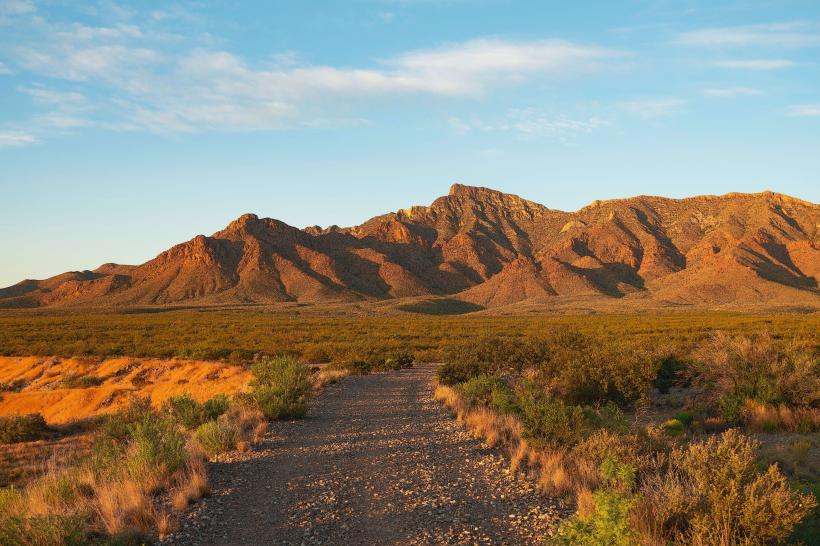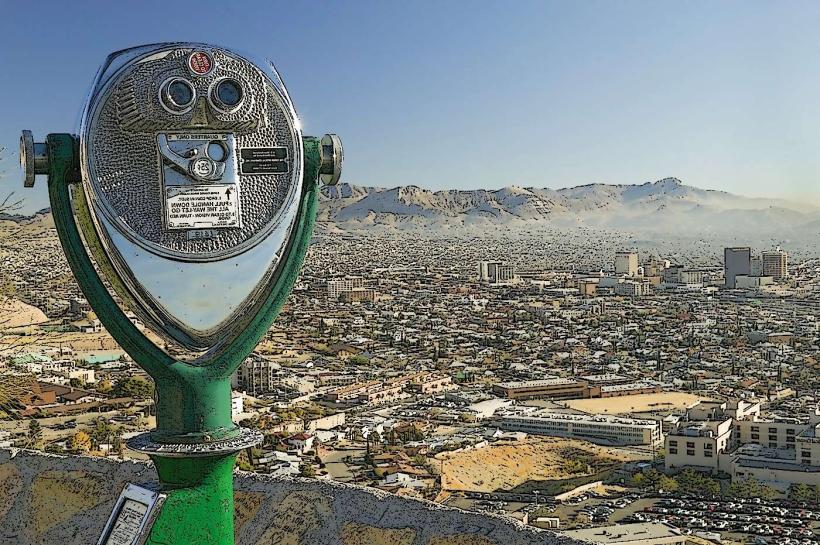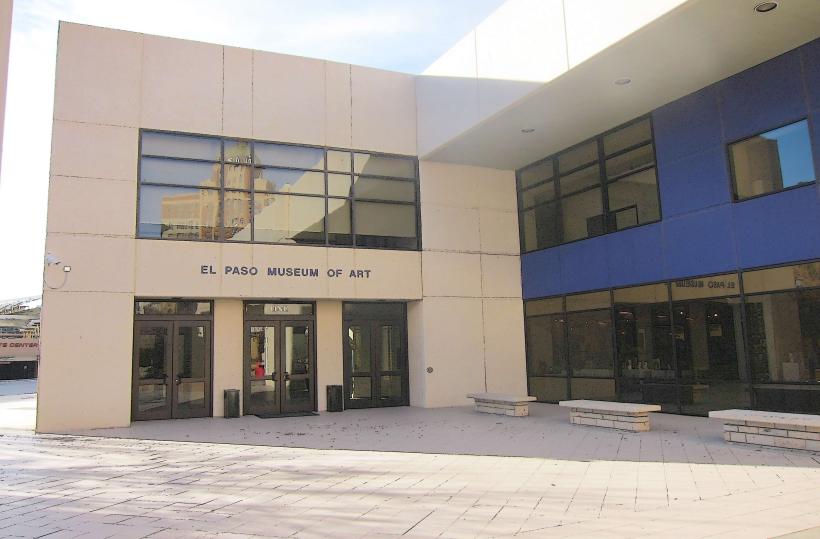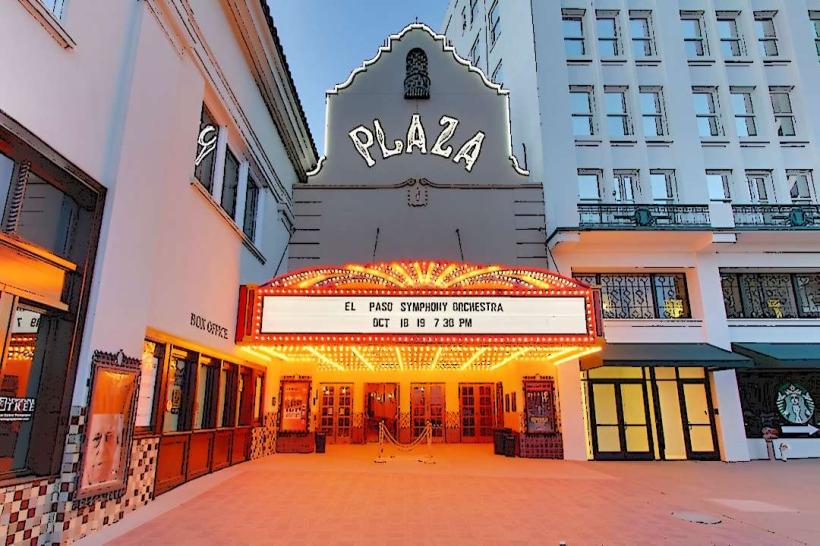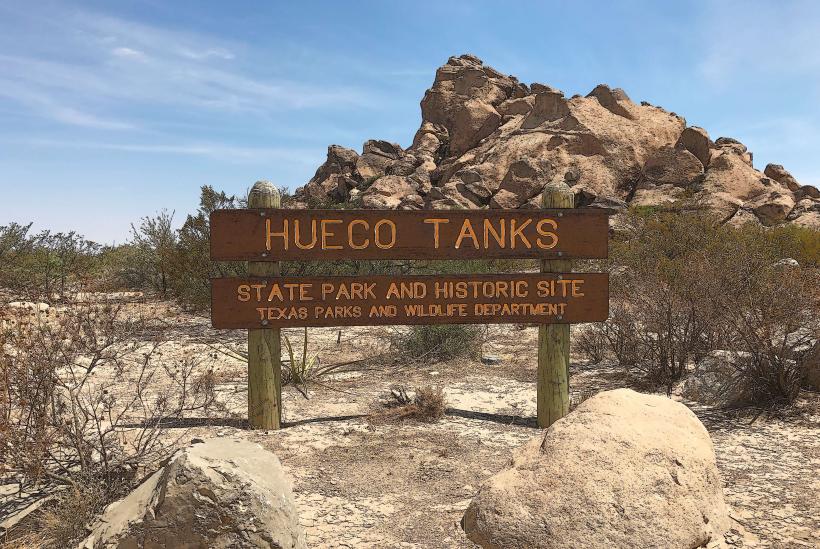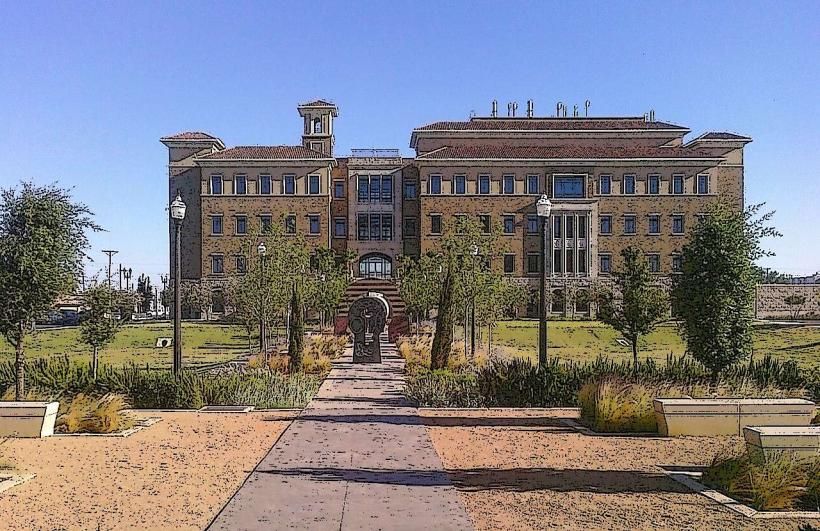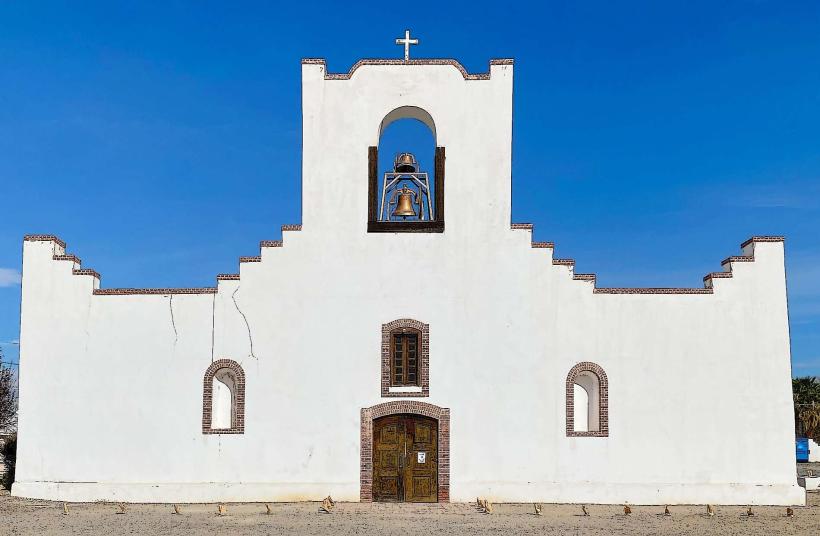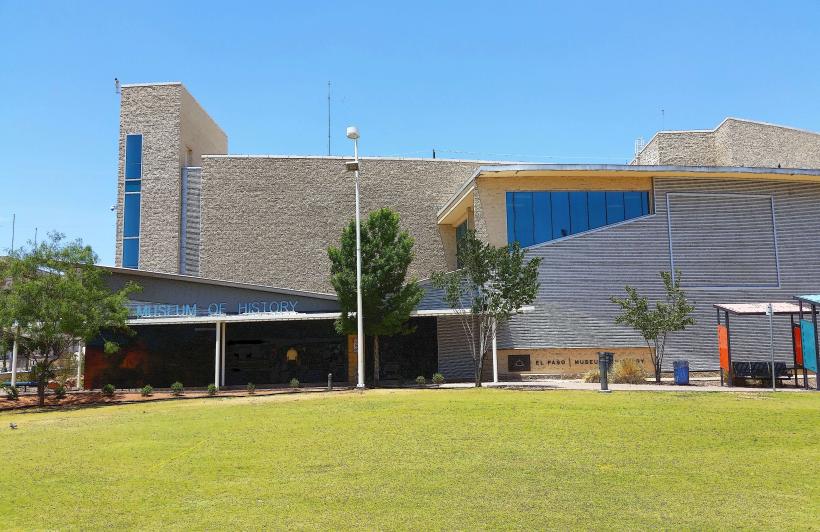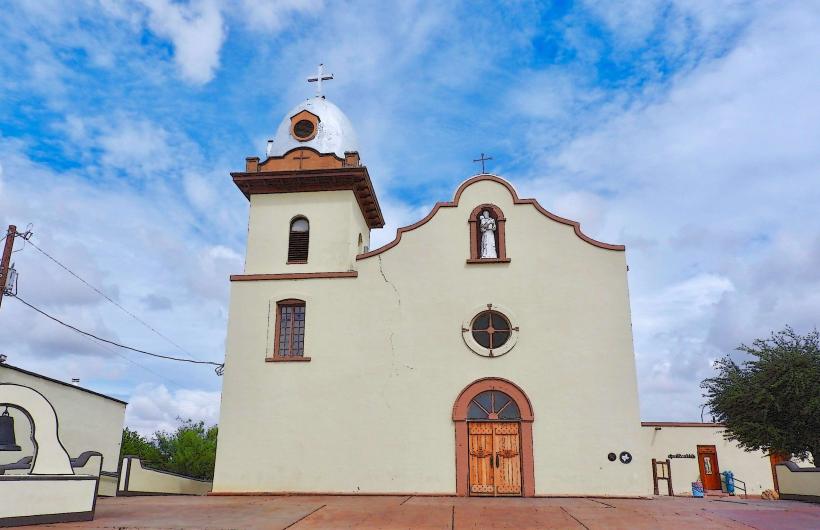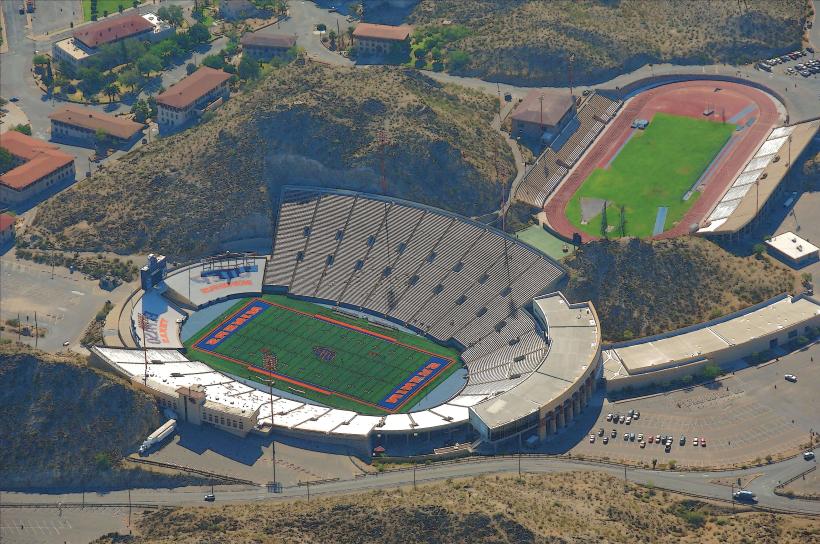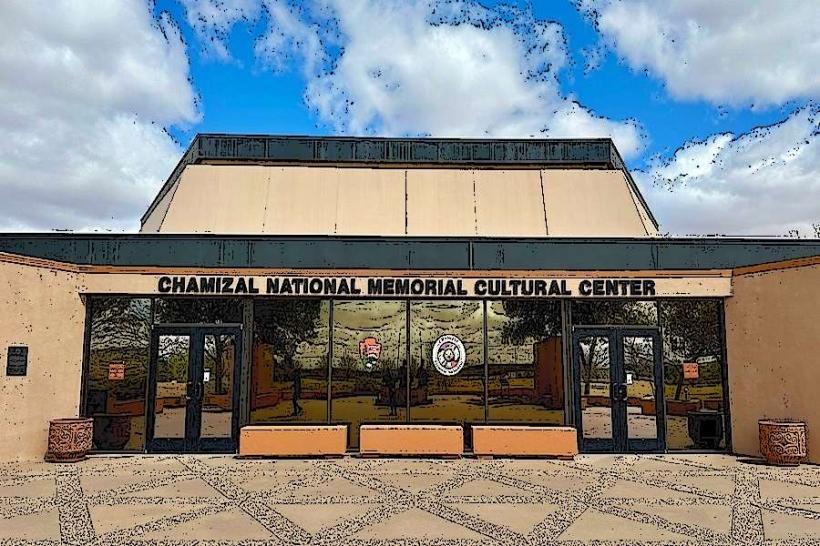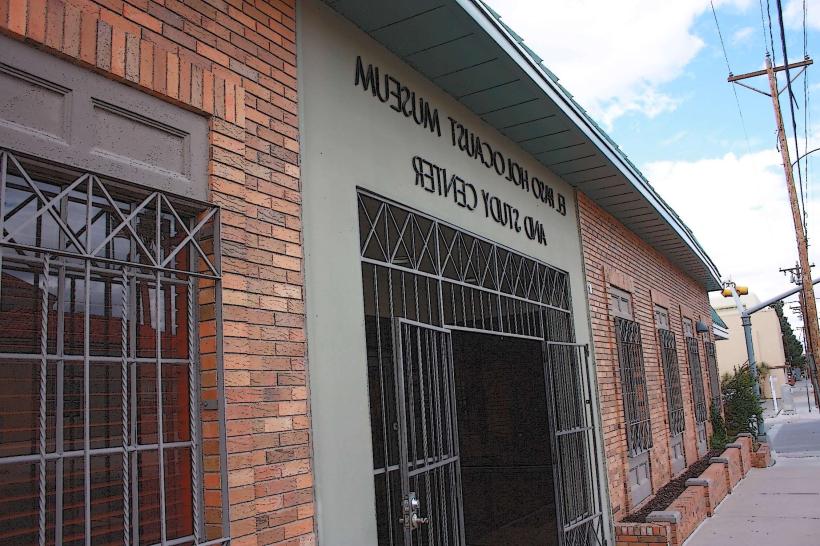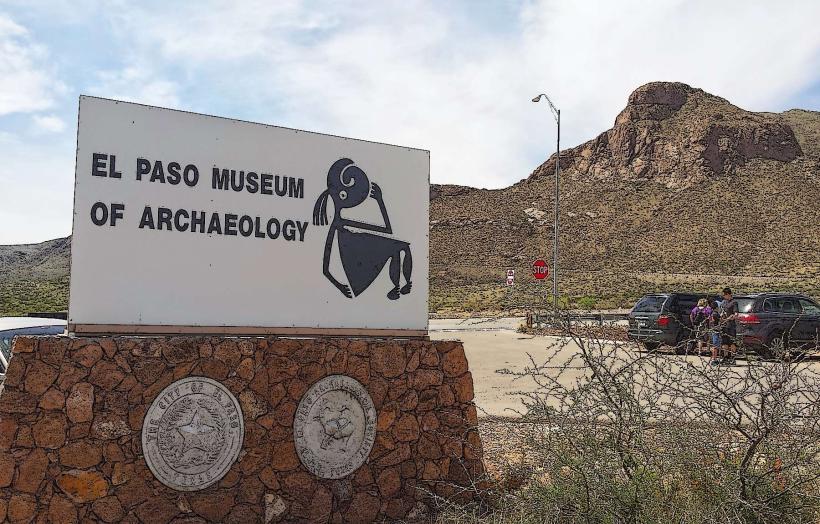Information
City: GalvestonCountry: USA Texas
Continent: North America
Galveston, USA Texas, North America
Galveston is a historic coastal city located on Galveston Island in the Gulf of Mexico, about 50 miles southeast of Houston, Texas. Known for its unique combination of Victorian architecture, maritime heritage, and beachfront attractions, Galveston has played a major role in Texas history—from being the state's most important port in the 19th century to its recovery from one of the deadliest natural disasters in U.S. history. Today, it remains a popular destination for tourism, history, and seaside leisure.
Here is a detailed overview of Galveston:
1. Geography and Setting
Galveston is situated on a barrier island approximately 27 miles long and 3 miles wide, surrounded by the Gulf of Mexico and Galveston Bay.
Barrier Island: Galveston Island is flat and low-lying, which makes it susceptible to flooding and hurricanes, but also allows for wide beaches and marshland.
Bolivar Peninsula: Located just across the water to the northeast, accessible via ferry, this peninsula shares many of Galveston’s ecological and recreational features.
Seawall: A massive concrete seawall, built after the 1900 hurricane, stretches for over 10 miles along the Gulf side to protect the city from storm surges.
2. History
Galveston has one of the richest and most dramatic histories of any Texas city.
Early Settlement: The Karankawa people originally inhabited the region. Spanish explorers visited the island in the 16th century, and in the 1810s, pirate Jean Lafitte briefly established a base there.
Republic of Texas Era: Founded in the 1830s, Galveston quickly became one of Texas’s most important cities. It was the capital of the Republic of Texas for a short time and soon developed into the state’s largest port and commercial center.
Golden Era: By the mid-19th century, Galveston was the wealthiest city in Texas. It had a thriving port, elegant Victorian homes, thriving cultural institutions, and was called the “Wall Street of the Southwest.”
1900 Hurricane: On September 8, 1900, Galveston was devastated by a Category 4 hurricane that killed an estimated 6,000 to 8,000 people, making it the deadliest natural disaster in U.S. history. The city rebuilt, raised its elevation, and constructed the seawall, but it never regained its previous commercial dominance.
Post-Hurricane Era: Galveston slowly transitioned into a resort and tourism destination through the 20th century. It retained its port and shipping functions and focused on preserving its historic architecture.
3. Economy
Galveston’s economy is diverse, based on tourism, health care, education, shipping, and cruise operations.
Tourism: The primary economic driver, with millions of visitors drawn each year to its beaches, historic sites, and events like Mardi Gras and Dickens on the Strand.
Cruise Industry: The Port of Galveston is one of the busiest cruise ports in the U.S., serving major cruise lines including Carnival, Royal Caribbean, and Disney.
Health and Research: The University of Texas Medical Branch (UTMB) is a major economic and research center, with a strong focus on biomedical science and infectious disease research.
Shipping and Industry: Though not as dominant as in its heyday, Galveston’s port still supports significant freight and cargo activity, including grain and petroleum.
Fishing and Maritime: Commercial and recreational fishing, ship repair, and marine services contribute to the economy.
4. Architecture and Landmarks
Galveston is renowned for its collection of preserved 19th-century architecture.
Strand Historic District: Often called “The Strand,” this downtown area features ornate iron-front buildings, antique shops, galleries, restaurants, and museums. It was the heart of 19th-century commerce and is now a major tourist draw.
Bishop’s Palace: A striking Victorian mansion built in 1892, considered one of the most significant historic homes in the U.S. It showcases detailed stonework and rich interiors.
Moody Mansion: A 28,000-square-foot home built in 1895, now a museum that tells the story of the influential Moody family and Galveston’s history.
Grand 1894 Opera House: Restored and still in operation, this performing arts venue survived multiple storms and represents Galveston's cultural legacy.
5. Museums and Cultural Attractions
Galveston offers numerous museums that reflect its maritime, medical, and multicultural history.
Texas Seaport Museum: Home to the historic tall ship Elissa, a restored 1877 sailing barque. Visitors can tour the ship and learn about Galveston's shipping history.
Ocean Star Offshore Drilling Rig Museum: A unique museum aboard a retired oil rig, showcasing the offshore energy industry.
Galveston Railroad Museum: Features historic locomotives and train cars, celebrating the city’s connection to railroad expansion.
The Bryan Museum: Houses one of the world’s largest collections of artifacts related to the American West and Texas, including documents, artwork, and weapons.
6. Nature and Recreation
Galveston Island offers both natural beauty and recreational amenities.
Galveston Island State Park: Located on the west end of the island, this park offers beach access, camping, kayaking, birdwatching, and nature trails on both the Gulf and bay sides.
Galveston Seawall Beaches: Along the length of the seawall are sandy beaches, piers, restaurants, and bike rentals. Stewart Beach and East Beach are especially popular.
Moody Gardens: A major tourist attraction featuring glass pyramids housing a rainforest, aquarium, and science exhibits. It also includes a golf course and hotel.
Schlitterbahn Waterpark: A large water park with slides, wave pools, and kid-friendly areas, open seasonally.
7. Education and Research
Galveston plays a notable role in medical education and research in Texas.
University of Texas Medical Branch (UTMB): Established in 1891, it is one of the oldest medical schools west of the Mississippi. UTMB includes a hospital, research facilities, and one of the country’s top centers for infectious disease research and biodefense.
8. Events and Festivals
Galveston hosts major festivals that highlight its cultural and historical diversity.
Mardi Gras Galveston: The largest Mardi Gras celebration in Texas, with parades, balls, concerts, and elaborate costumes.
Dickens on the Strand: A Victorian-themed Christmas festival that transforms The Strand into 19th-century London, complete with costumes, carolers, and food vendors.
Lone Star Rally: A huge motorcycle rally that draws tens of thousands of visitors and features custom bike shows, concerts, and a festive atmosphere.
9. Climate
Galveston has a humid subtropical climate with hot, humid summers and mild winters.
Hurricane Risk: As a low-lying coastal city, Galveston is vulnerable to tropical storms and hurricanes. Storm preparedness and the seawall are critical elements of city planning.
Temperatures: Summer highs are typically in the 90s°F (32–36°C), while winter temperatures rarely fall below freezing. The Gulf breeze moderates extremes.
Rain and Humidity: The city sees frequent rainfall and high humidity, particularly from late spring through early fall.
10. Transportation
Bridges and Access: Galveston is connected to the mainland by the I-45 causeway. Ferries provide service to the Bolivar Peninsula.
Port of Galveston: Serves as both a commercial port and cruise terminal. It is a point of entry for tourists from around the country and internationally.
Local Transit: The Island Transit system offers bus services and historic trolley routes. Most visitors travel by car, though the downtown area is walkable.
Conclusion
Galveston is a city of contrasts and resilience—a place where historic mansions and 19th-century wharves meet amusement piers and beach umbrellas. Its legacy as a former economic powerhouse and cultural leader in Texas is preserved in its architecture, museums, and festivals. At the same time, its Gulf Coast setting offers recreation, relaxation, and family-friendly attractions. Galveston remains one of the most unique and historically rich destinations in Texas, where the echoes of the past live side by side with vibrant seaside life.

